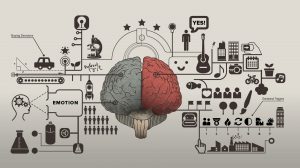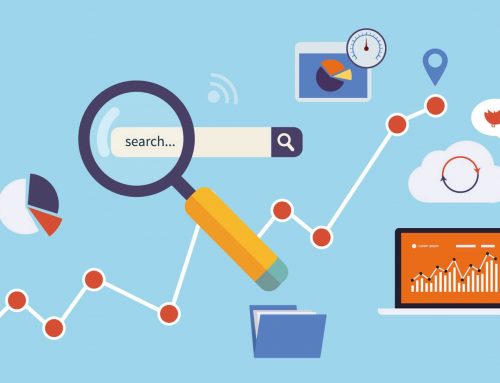 With the advancement of technology, the software market has grown considerably and many software products have come to resemble one another quite a lot. One reason for this is that products are made and launched in a hurried manner. This is often done by neglecting the needs of the users and the importance of focusing on usability as a key aspect of a product. This is why more and more companies resort to usability specialists, whose jobs revolve around tweaking products in order to make the most out of their strong points and improving their weak points, making the user’s experience better. Although at first glance this might seem simple, usability improvement is quite complex. For outside people, only the tip of the iceberg is seen, as many of the activities of usability testers – and the theoretical aspects that lie beyond these activities – are often known only to them.
With the advancement of technology, the software market has grown considerably and many software products have come to resemble one another quite a lot. One reason for this is that products are made and launched in a hurried manner. This is often done by neglecting the needs of the users and the importance of focusing on usability as a key aspect of a product. This is why more and more companies resort to usability specialists, whose jobs revolve around tweaking products in order to make the most out of their strong points and improving their weak points, making the user’s experience better. Although at first glance this might seem simple, usability improvement is quite complex. For outside people, only the tip of the iceberg is seen, as many of the activities of usability testers – and the theoretical aspects that lie beyond these activities – are often known only to them.
Even when a checklist is used for monitoring the goals of usability testing, the tester often resorts to go beyond the standard procedure and come up with custom-tailored solutions for every website and software product. This is achieved by conducting individualised analyses of these products in order to determine precisely what the priorities are in improving its usability.
Content processing
One of the fields that can be successfully applied to usability testing is neuroscience which can be used in conducting long-term analyses on what a website’s usability would pose. To explain this in a better way, take the following example: text processing skills and abilities are governed by the brain’s left hemisphere while the right hemisphere mainly deals with visual processing (e.g. images, videos). This is one of the reasons for which it is desirable to have the text in a website aligned left and not justified, or aligned right, in Arabic and other languages that read from the right to the left. Thus, by adopting the right aligning, the text can be more easy to read by the brain.
Using patterns and offering information the right way
Organising a website in a pattern is essential for ensuring adequate navigation for the user. Patterns activate predictions and stimulate neurons (e.g. stimulates dopamine, one of the main neurotransmitters), and this way the user finds it easier to improve their experiences. As explained by Schultz, a physician who explored the human brain in the 70s, “if everything goes according to plan, its dopamine neurons secrete a little burst of enjoyment”(“How we decide”, Johan Lehler, p. 7). Another example of how neuroscience can explain usability testing is the use of colour and names, and how they are applied to a page. The better these elements are used for handing out information to the user, the more that user will become attracted to a website, product or brand. Furthermore, a good use of colors and keywords will make users associate certain phrases or symbols with a brand or an idea, while at the same time ensuring adequate navigation possibilities on a website. Users often feel the need to get most of the information they desire from the main page of a website and this can be translated into a feeling of control – by fostering this feeling, we can encourage the loyalty and attachment of the users towards a particular product.
Using colours as a tool for better user experiences
The way we respond to colours and how we associate them with emotions are two things that require complex brain activity. These issues are also linked to the cultural norms of the user, and this is an important element for the usability tester to consider. For instance, if we analyse the colour white: in the West, it means purity and peace, in the Far East it symbolises death and mourning, while in India it means unhappiness. This is one example that reflects the importance of paying attention to culture, especially if we take into consideration the fact that brands are constructed using chromatic elements. Colours can be used for influencing many things in website navigation and in selling, and it is important to master them accordingly.
These are just a few examples of how the human brain is implicated in each process used in usability. Therefore, it is very important to go deeper than a surface testing on a website and try to understand the user. A neuroscience perspective is a good start towards a better usability testing because in this way all the elements used on a usability checklist could be better understood, applied and adapted to each individual case.
Author: Andreea Popescu


